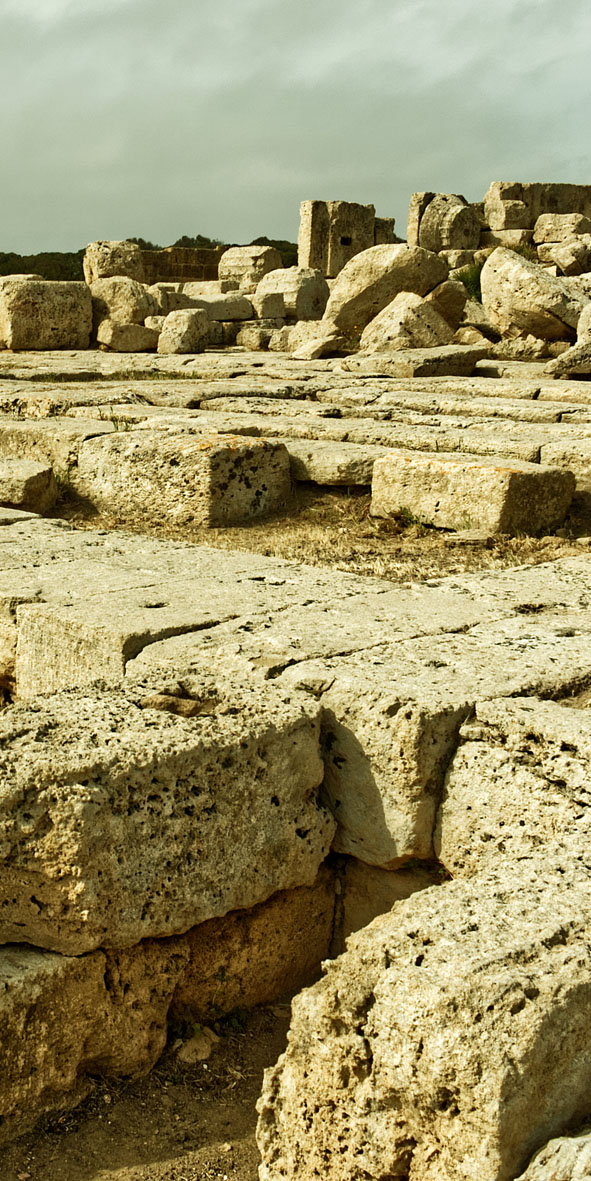Built – Rebuilt – Recycled: Building Research of Two Doric Temples at Selinous

This project aims at tracing the architectural evolution of two Doric temples (Temples A and O) in the culturally significantancient site of Selinous (Selinunte, Sicily). It intends to reconstruct the original concept of these 5th-cent. BC complexes as well as to interpret their construction processes, subsequent modifications and different phases of reuse. Apart from changing cultural conditions which have to be taken into consideration when analysing the different building phases, various technical aspects and possible reasons for the buildings' collapse – generally attributed to earthquakes, which occur regularly in Sicily – are the main foci of the research. After the conquest of western Sicily by Punic Carthage in the late 5th and 4th cent. BC, Selinous experienced a clear transformation of the urban space and its functions. Such a process – evidence of changing functional needs – can also be shown at Temples A and O, and a similar development can there be traced as far as the Middle Ages. A careful documentation of the physical remains and a thorough analysis of the temples' architectural evolution will constitute the methodological basis. In keeping with the interdisciplinary approach of the Research Training Group, other influential factors like the temples' foundations and the exact nature of the employed building materials will be considered in the analysis.
The project will be facilitated and supported by the Parco Archeologico di Selinunte e Cave di Cusa and the German Archaeological Institute at Rome.
Researcher: Heike Bücherl
